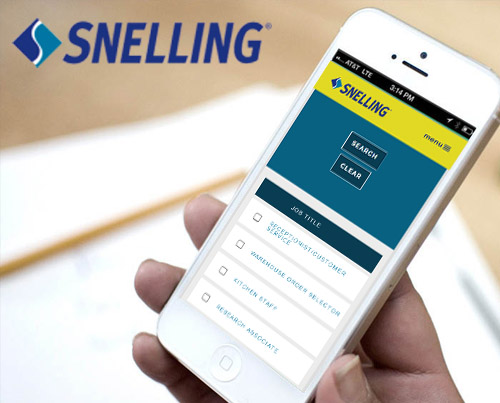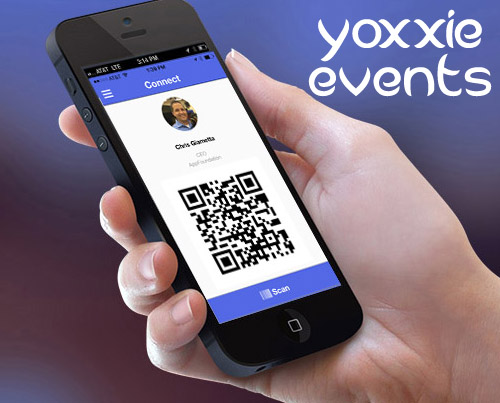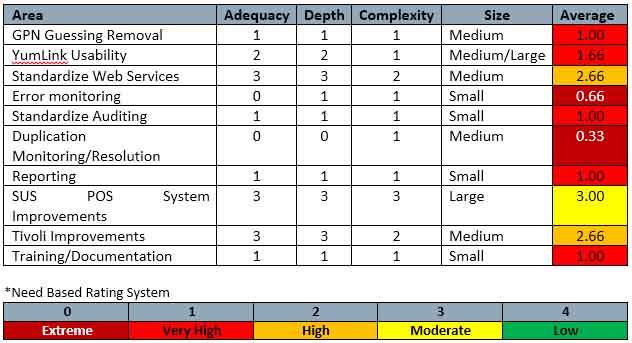
Snelling Staffing
August 25, 2016
Yoxxie
August 17, 2016Case Study: Pizza Hut Digital Transformation Roadmap
Background
![]() Pizza Hut is an American chain known for its great tasting Italian-American pizza and pasta. Pizza Hut has over 15,000 worldwide locations and is a subsidiary of Yum! Brands, Inc.
AppFoundation is a professional services firm that provides custom web, mobile, and desktop application development. We leverage innovative technologies to deliver premium user experience that engages customers to drive satisfaction, brand awareness, and deliver measurable results. Pizza Hut asked AppFoundation to perform an assessment of the entire User Provisioning process as it ties into processes, people, and technology.
The goal of the effort was to provide an objective assessment of the user provisioning process, with respect to technology, operations, and support that builds a roadmap for digital transformation. The assessment’s key points revolve around identifying issues and providing recommendation on possible solutions in order to modernize, standardize, and improve the efficiency of the user provisioning process and ultimately the customer experience.
Pizza Hut is an American chain known for its great tasting Italian-American pizza and pasta. Pizza Hut has over 15,000 worldwide locations and is a subsidiary of Yum! Brands, Inc.
AppFoundation is a professional services firm that provides custom web, mobile, and desktop application development. We leverage innovative technologies to deliver premium user experience that engages customers to drive satisfaction, brand awareness, and deliver measurable results. Pizza Hut asked AppFoundation to perform an assessment of the entire User Provisioning process as it ties into processes, people, and technology.
The goal of the effort was to provide an objective assessment of the user provisioning process, with respect to technology, operations, and support that builds a roadmap for digital transformation. The assessment’s key points revolve around identifying issues and providing recommendation on possible solutions in order to modernize, standardize, and improve the efficiency of the user provisioning process and ultimately the customer experience.
AppFoundation’s Business & Technology Assessment Process

Assessment
AppFoundation offers different engagement models in order to meet business needs. Our Management Consulting Assessment identifies business and technology solutions in project format. The assessment begins with the first meeting and continues on an as-needed basis in order to gain a better understanding of your specific needs and the services to be required. This will likely involve onsite meetings and other related activities in order to assess the current situation and provide recommendations, which will evolve into the engagement plan.
Requirements – This is an inspection of existing requirements that describe the function at any level of the software being developed or to be developed.
Adequacy – How well do the existing requirements describe function of the system?
Depth – What is the level of detail that the requirements go into; high level to edge use cases?
Complexity – How complex is the problem being solved and the manner in which it is addressed?
Engagement Planning
The engagement plan outlines the staffing needs, rates, timelines, and the specific goals of the engagement as determined during the assessment. Depending on the type of services to be performed, this may also include project timelines, architecture diagrams, high level use case scenarios, initial test plans, and release management flow charts.
Project Outline – The project outline is a set of generalized statements to describe the agreed upon high level goals of the project.
High Level Use Cases – The purpose of these use cases is to describe a high level of functionality from the perspective of the end users, in order to show the application of the project in a realistic scenario.
Architecture – This section describes and diagrams the target production architecture and infrastructure.
Technology Requirements
Requirements – A list of tools for creating and managing requirements and use cases.
Software Architecture – A list of the components which make up the target production system.
Software Process – A list of the methodologies and tools in place for dealing with the software process.
Tools and Technologies – A list of all of the involved tools and technologies which makeup the development and testing environments.
Software Development – A list of the technology stack in place for software development.
Delivery
Based off of the agreed upon deliverables outlined in the engagement plan, delivery starts the moment the statement of work is signed. Typically working according to Agile methodologies, each iteration will incrementally deliver and demonstrate system capabilities to stakeholders. Iteration deliverables can include items such as requirements, user stories, software documentation, working software, executed test plans, and updated project schedules.
Let’s take a deeper look at how AppFoundation delivered a detailed assessment and digital roadmap for Pizza Hut:
Business Benefits for Enhancing Pizza Hut’s User Provisioning
Enhancing User Provisioning would help to alleviate a large call center volume, and prevent new or transferred employees from having longer than expected times to gain access to systems needed to complete training or access to resources needed to complete function for their job roles. Specifically targeting mismatches within User Provisioning would result in the largest positive effect. The benefits would be both reflected in financial impact as well as a reduction in the level of frustration experienced by the employee, franchise owner, and involved support groups tasked with resolving issues when employees are not properly provisioned to systems during the on-boarding process.
To determine what these recommendations should be, and why they’re needed, we sent online surveys to stakeholders who were categorized into four different types or persona(s). The persona assignment was determined based on how they are impacted or interact with User Provisioning technology. The four personas for surveying purposes were:
• Business Customers
• Technology
• Support
• Security Approvers & Power Users
Technical Opportunities and Recommendations
Based on support tickets, during this assessment period there were a significant amount of support tickets created where “Provisioning” was part of the category and many categorized as “Training”. We were able to estimate this accounts for over 600+ hours of tech support in the last 10 months alone.
This labor based information lead us to look deeper into 17+ years of legacy systems to find improvements. The main goal was to define systems or processes that would have the largest return on investment. Here are a couple instances of identifiers and recommendations we found:
Existing User Guessing
Existing User Guessing refers to the process where a subsystem makes a determination on whether or not the user already exists or not. If the system determines that the user exists, provisioning new User Request is turned into a update to an account. If the system determines that the user does not exist, a new user account is created. The result is the bulk of User Provisioning issues, where incorrect users are updated and new users are created when they should not be.
Recommendation
The recommendation to alleviate the issues that result from “Existing User Guessing” is to remove it in its entirety, and require a human level interaction in line with standard user provisioning practices. This is a process whereby when there is an automated reasonable level of questionability regarding whether the provided user already exists, the system end-user is provided with enough information in order to determine whether this new user actual already exists. This acts as the first level of defense in preventing bad data from getting into the system.
Error Monitoring
Error monitoring refers to the process whereby system application level errors are logged and monitored. Currently application level errors are logged without a procedure to process these errors. The result is that the person responsible for technical support has no way to associate the end-user’s encountered error with a particular system level error message. These system level error messages often provide details that allow issues to be easily documented for further escalation and/or for immediate resolution.
Recommendation
The recommendation is to log system level errors in a repository that is easily accessible to support and other technical troubleshooting staff. This would allow those individual that ability to pull up errors messages that correspond to the time, event, and location of the end-user’s encountered problem, which would result in better and faster troubleshooting and escalation.
Assessment Delivery
AppFoundation delivered a detailed assessment document that contained a huge consolidation of data including survey charts, technical diagrams, system documentation, and recommendations for corrective action.
AppFoundation was able to provide a rating system to address potential projects to improve the user provisioning systems seen below.

In summary we found by enhancing the overall User Provisioning process technically, operationally, and through better customer support; a savings in time and money can be realized.
Replacing the current system of providing a unique user identifiers will help to alleviate customer support calls by eliminating duplicate users and enabling better matching in the connected systems. Combined with a more robust tool for alignment and general database manipulation, Pizza Hut could see a drop of almost 90% of the errors that cause support calls. Specifically, users not showing up in the connected systems, transfer errors, and terminated users still in the system.

